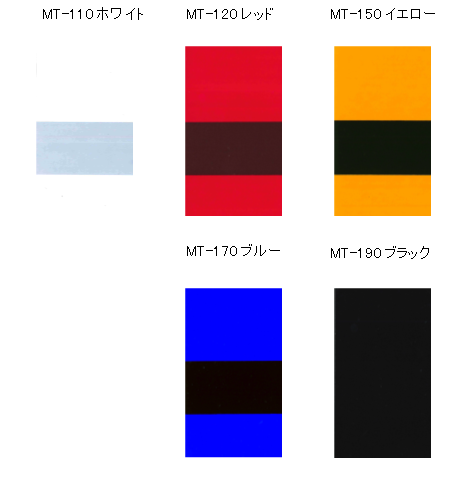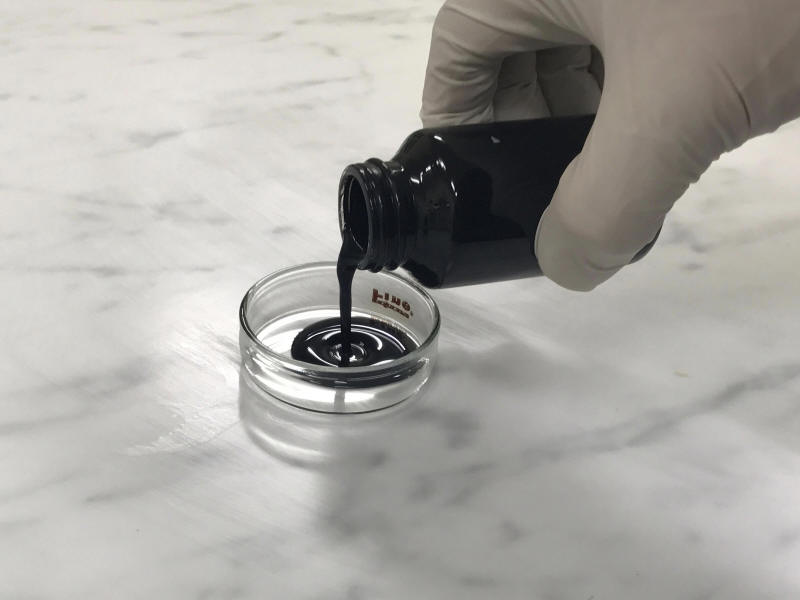Fine particle dispersion technology is used to refine specific materials such as pigments and fillers and stabilize the dispersed particles in a solvent or resin suspension.
(1) Improved smoothness of coating film
(2) Improved optical properties (transparency, ultraviolet/infrared radiation absorption, etc.)
(3) Increased specific surface area and therefore increased active surface
The fine particle dispersion technology is utilized in a wide range of applications including liquid crystal display monitors, printed circuit boards and traffic signs.
Mulco MT Color Series

The products are special color bases (“seed paints”) composed of pigments dispersed solely in dispersion liquid without using resins. They are therefore compatible with many different resin solutions and solvents.
They have significantly higher densities than the conventional general color bases. They also have excellent dispersibility, which allows you to richly create a full range of colors by freely combining them.
The products are available in small amounts. Please feel free to contact us.
Conductive carbon dispersion liquid

The dispersion liquid is composed of carbon pigments dispersed in dispersion liquid/solvent without using resins.
They are therefore compatible with many different resin solutions including urethane, acrylic, fluorine, polyester and various solvents. When applied to objects to be molded or coated, they add electric conductivity to their properties.
Insulating Carbon Dispersion Liquid

The product provides high insulation despite the nature of carbon black. It is an insulating carbon dispersion in which carbon pigments are dispersed in dispersant/solvent. It is compatible with many different resin solutions including urethane, acrylic, polyester and various solvents.
Highly concentrated carbon black dispersion
Our typical carbon dispersions have pigment concentrations in the vicinity of 15% to 20%, whereas highly concentrated carbon dispersions have pigment concentrations of 40%. It is, of course, uniformly fine-grained and has good stability over time.
The advantages of high concentration include high light-shielding, hiding, and jet blackness even when the coating film is a thin film. In addition, there is a large design margin on the paint side.One of the features of this dispersions is its wide compatibility with various resin solutions such as urethane, acrylic, and polyester, as well as with various solvents.

